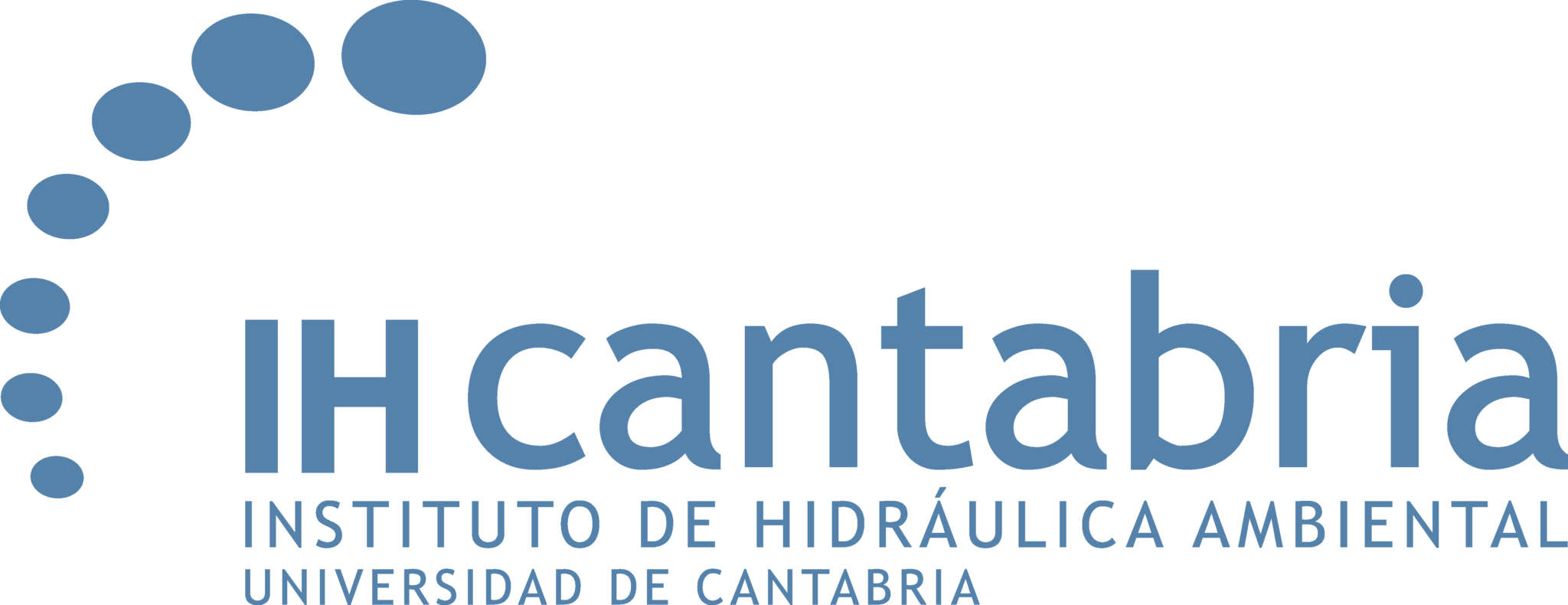IHCantabria leads a project that will contribute to knowledge on coastal morphodynamics through machine learning
The AutoCos project is an important step towards understanding and obtaining the most accurate knowledge of the coastline through artificial intelligence, which will contribute significantly to the field of coastal engineering.
Research staff of the Environmental Hydraulics Institute of the University of Cantabria (IHCantabria) is developing the project entitled “Alearning Autotic Costero” (AutoCos), whose main objective is to advance in the development of the field of knowledge of coastal morphodynamics, making use of some of the new capabilities provided by machine learning and Artificial Intelligence methods. Its execution began in September 2022 and will last until February 2025, within the framework of the Marine Sciences Programme of IHCantabria.
Historically, predictions of coastal evolution were based on empirical models, or simplifications of the physical coastal processes that govern coastal morphodynamics. The truth is that, due to the intrinsic complexity and spatio-temporal scales of the underlying processes, the models currently available still have limitations, uncertainties or pending aspects to be resolved. However, data collection is becoming increasingly easier, thanks to the application of new techniques resulting from powerful advances in the fields of remote sensing, computing and machine learning algorithms. In the field of coastal engineering, these new techniques have begun to be explored in response to the growth of terrestrial observation databases -such as satellite data, orthophotography, video cameras and drones-, which allow obtaining more accurate time series on coastal parameters and maritime climate.
AutoCos resorts to the use of data-based techniques or machine learning algorithms, thus proposing the development of novel methodologies applied to the coastal environment, both on coasts without structures and with structures submerged in the sea (which do not generate visual impact). The formulation of this project is based on the experience of the Coastal Engineering and Management Group of IHCantabria on the use of satellite and video data to obtain accurate information on different coastal parameters. Members of this research group have also developed tools (such as IH-OLLIN) that are suitable for automatically obtaining coastlines and for classifying the energy state of waves, through convolutional neural networks (these are neural networks specialized in image processing and analysis).
This project also addresses the need to explore new techniques, based on artificial intelligence, to obtain accurate parameters that can be applied in complex coastal environments, about which there is little information. These environments include macrotidal beaches (very large tidal range, whose vertical variation exceeds 4 meters), and beaches protected by exempt structures (parallel to the coastline) that are submerged in the sea (such as dikes, coral reefs, among others). These are complex coastal environments that require further scientific research.
The principal investigators (PI’s) of the AutoCos project are Mauricio González Rodríguez, professor at University of Cantabria and head of the Coastal Engineering and Management Group at IHCantabria, and researcher Erica Pellón de Pablo, who is a member of the same research group. Also participating in the development of this project is the predoctoral student Arnau Garcia Tort, whose research focuses on the study of the morphodynamics of beaches with the presence of submerged free structures, which are approached from a triple approach, making use of some of the aforementioned machine learning techniques.
For the formulation of this project, we started from the premise that machine learning algorithms applied to coastal morphology data will allow us to extract relevant information and improve the understanding of the phenomena that affect the coast. One of its objectives is the acquisition of knowledge in machine learning techniques, applicable to the study of coastal morphodynamics. It also proposes the following specific objectives: to improve the existing databases in IHCantabria, to apply machine learning techniques for the study of coastal parameters and to explore the possibility of predicting coastal evolution.
In terms of methodology, AutoCos is divided into six tasks covering the review of the state of the art, the improvement of the database, the redefinition of the coastline, the exploration of prediction techniques and the dissemination of results, as well as various training workshops. With the execution of this project, it is expected to acquire cutting-edge knowledge in machine learning techniques applied to coastal morphology, increase the institute’s database, develop a valid definition of the coastline, in addition to the results of the aforementioned doctoral thesis, among which are the publication of at least two scientific articles in high impact journals, as well as several presentations at national and international congresses.
The impact expected to be achieved with the AutoCos project will allow IHCantabria to consolidate its position as one of the international benchmarks in the study of coastal morphodynamics. In short, AutoCos represents an important step towards a better understanding and modernization of coastal morphodynamics, because its results could contribute significantly to the field of coastal engineering and to the global knowledge of the coastal processes studied.





